Welcome to Day 4 of our Spectacular Summer Science series.
Today we’ve been on a minibeast hunt. The girls are fascinated by all bugs and insects and are not the least bit squeamish.
We downloaded some fun observation forms from Twinkl to make it more exciting and to encourage writing. S was thrilled to be given her own clipboard and set about her task in a very business-like manner.
These are some of the bugs we found. What can you find in your garden?
The eyes on this fly are amazing!
We found a few beetles and took the opportunity to draw some diagrams. The three main parts of a beetle are the head, thorax and abdomen.
We also printed off some spider lifecycle diagrams from Twinkl.
We’d love to hear all about the bugs in your garden.
I am an ambassador for Twinkl, and we are really enjoying their AMAZING resources.
This post is part of my special summer science series.
Day 1 – Baking Soda Ice Cubes
Add baking soda to coloured ice cubes, add vinegar and watch the fizz.
Day 2 – Slipping and Sliding
Learn about friction and other forces with a simple slip-and-slide activity.
Day 3 – Fun Heart Rate Investigation
Discover the effect of exercise on heart rate with a simple investigation.
Don’t forget to take a look at my other summer science experiments too!
Last Updated on July 1, 2023 by Emma Vanstone

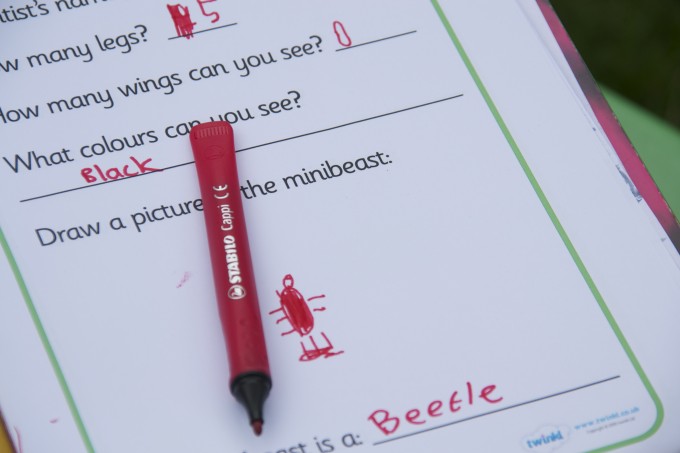
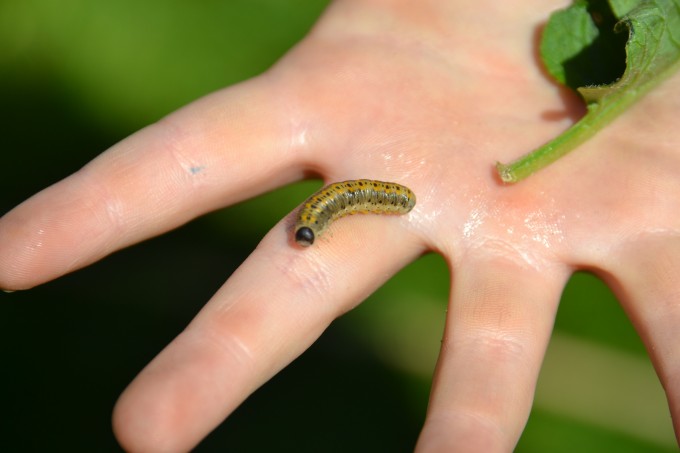
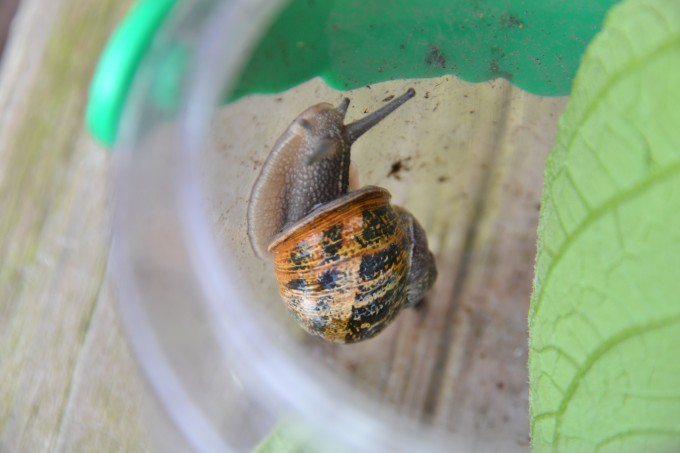
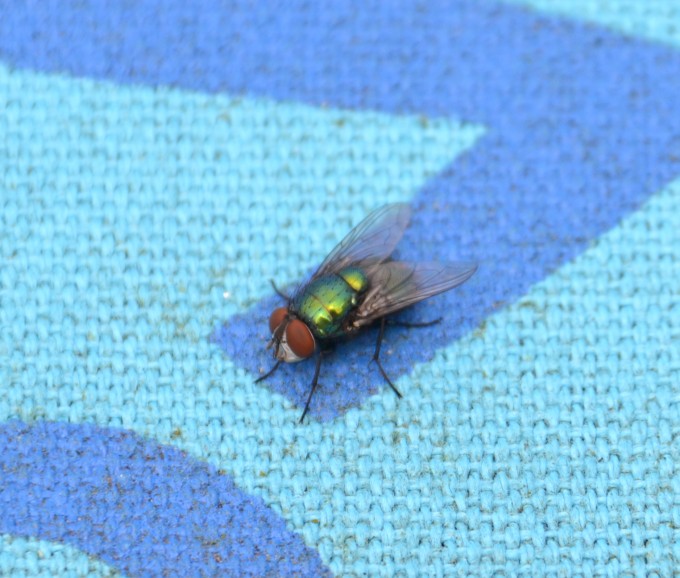
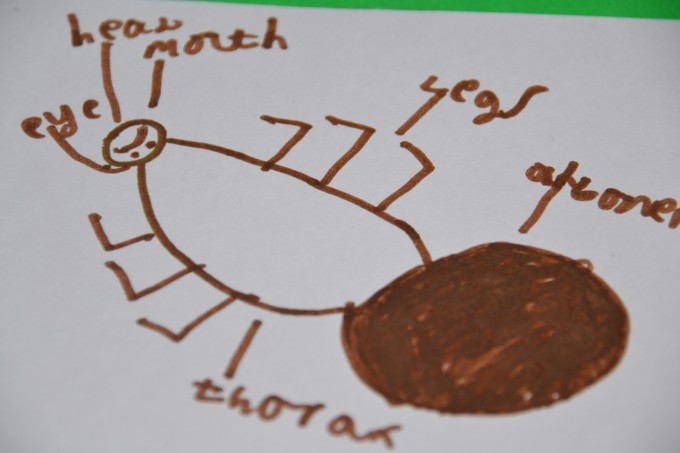
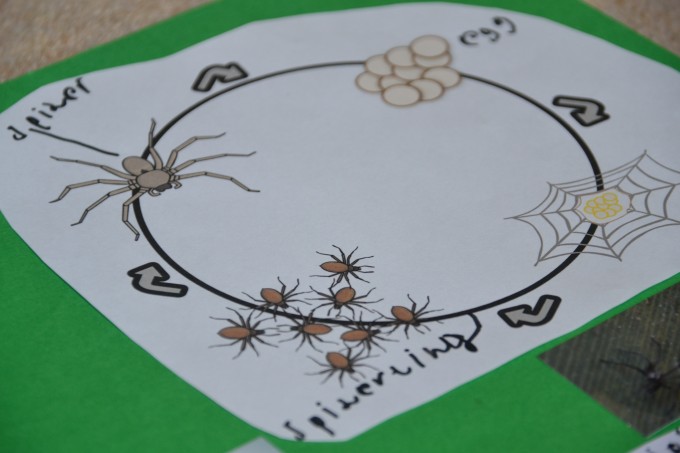
Leave a Reply